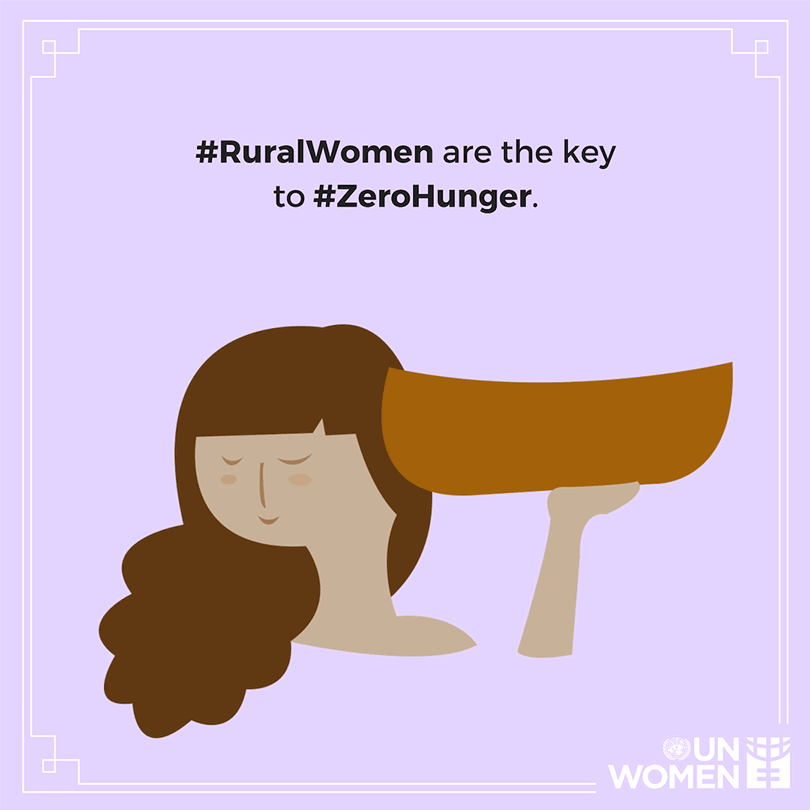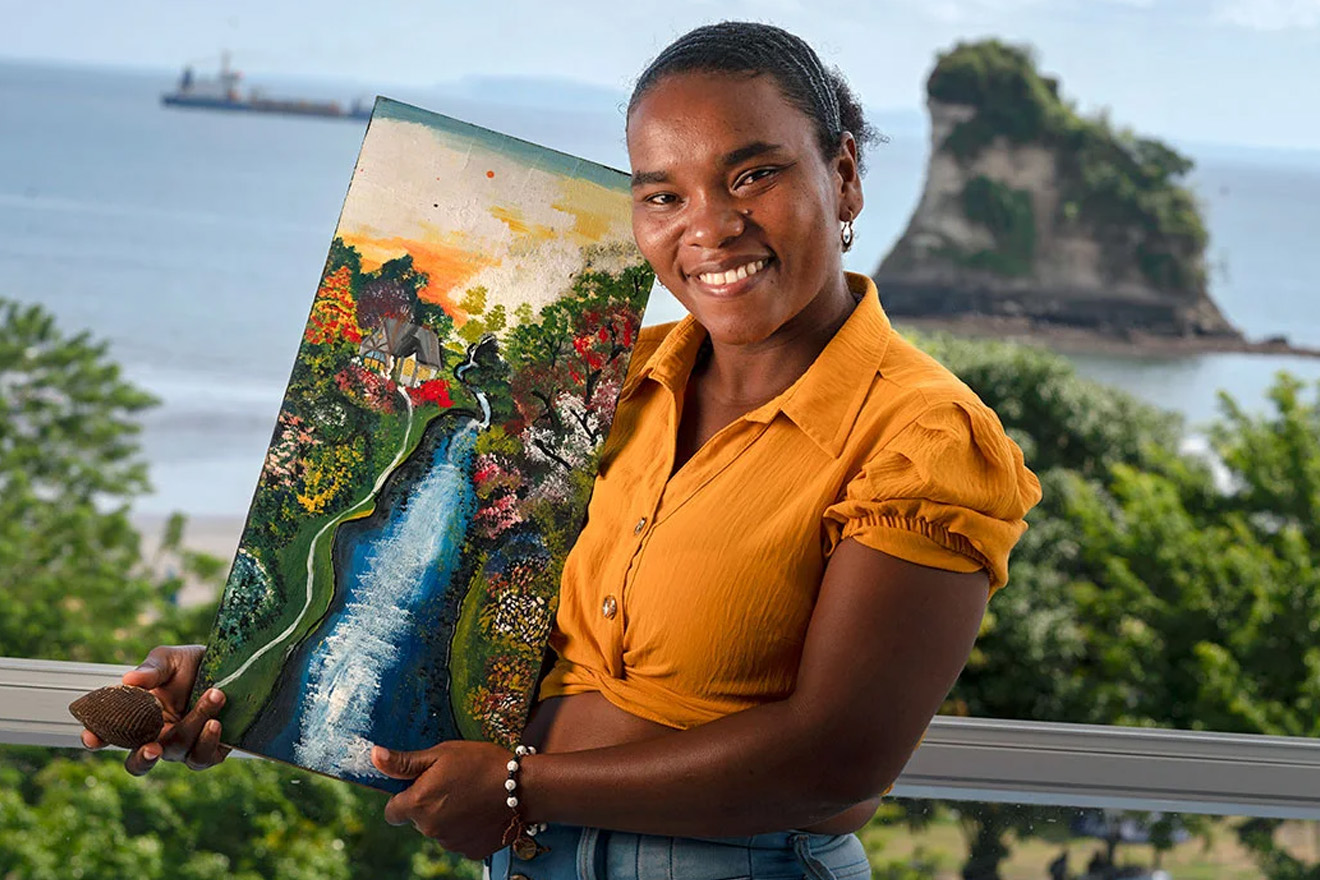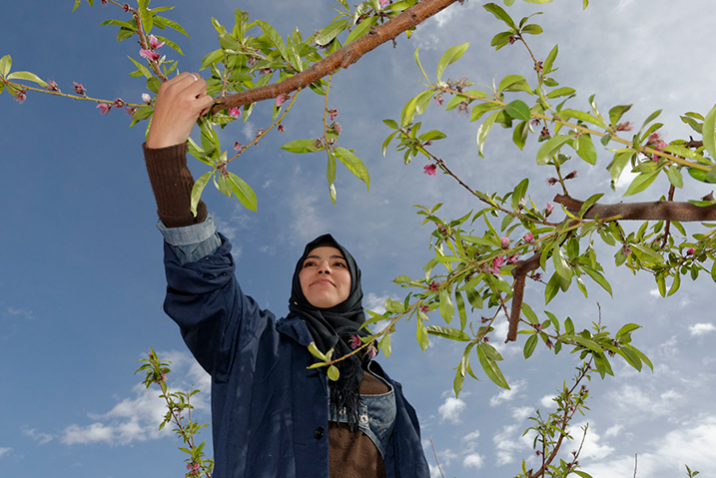Rural Women's Day | United Nations (original) (raw)

Women engaged in wage employment in agriculture earn 82 cents for every dollar that men earn, according to a recent FAO report.
Photo:Sasint/Adobe Stock
Rural Women Sustaining Nature for Our Collective Future
Achieving gender equality and empowering women is not only the right thing to do but is a critical ingredient in the fight against extreme poverty, hunger and climate change.
Women are responsible for half of the world’s food production while working as environmental and biodiversity stewards. As farmers, women have learned how to cope with and adapt to climate change, for example, by practicing sustainable agriculture in harmony with nature, switching to drought-resistant seeds, employing low-impact or organic soil management techniques, or leading community-based reforestation and restoration efforts
Indigenous women have been at the forefront of environmental conservation by bringing invaluable ancestral knowledge and practices, and rural women have been leading global and national climate movements that have spotlighted the need for action for the sake of this and future generations..
Given their position on the frontlines of the climate crisis, women are uniquely situated to be agents of change — to help find ways to mitigate the causes of global warming and adapt to its impacts on the ground.
However, reports prove that climate change has a more pronounced impact on women, primarily indigenous and peasant women, whose agricultural dependence, living conditions, and marginalization expose them to a greater degree of changes due to climate, loss of diversity, and pollution.
This International Day of Rural Women's theme is “_Rural Women Sustaining Nature for Our Collective Future: Building climate resilience, conserving biodiversity, and caring for land towards gender equality and empowerment of women and girls_.”
Let’s promote their work as food providers and protectors of the environment. Let’s demand their participation in decision-making within their communities. Let’s promote rural areas where women can have the same opportunities as men.

Get to know the numbers: rural women and girls
Discover through this UN Women infographic the challenges and consequences faced by rural women and girls compared to men or urban locations.
Did you know?
- Rural women have less access to a range of resources, from land rights and credit to education and technology. If women had the same access to productive resources as men, farm yields could increase by 20–30 per cent, feeding an additional 100 to 150 million people.
- Every year, female-headed households experience income losses of 8 percent due to heat stress, and 3 percent due to floods, relative to male-headed households.
- A 1° C increase in long-term average temperatures is associated with a 34 percent reduction in the total incomes of female-headed households, relative to those of male-headed households.
Stories
In the Pacific coast of Colombia, guardians of the mangrove sow seeds of change
The “shell women” of the Pacific coast of Nariño have promoted sustainable harvesting and use of a native mollusk called piangua for many generations. They are also at the forefront of mitigating climate change and leading mangrove conservation.
The unjust climate: impact in rural woman
Rural communities around the world are grappling with increasing challenges brought on by the climate crisis. However, it is rural women who suffer the brunt of these impacts, including significant financial losses. If you want to know real numbers, consult the FAO report The unjust climate.
Why women are key to climate action
Women are driving climate solutions at all levels – as farmers, workers, consumers, household managers, activists, leaders, and entrepreneurs. Get to know three reasons why women are essential in the climate crisis' fight.
Why do we mark International Days?
International days and weeks are occasions to educate the public on issues of concern, to mobilize political will and resources to address global problems, and to celebrate and reinforce achievements of humanity. The existence of international days predates the establishment of the United Nations, but the UN has embraced them as a powerful advocacy tool. We also mark other UN observances.



